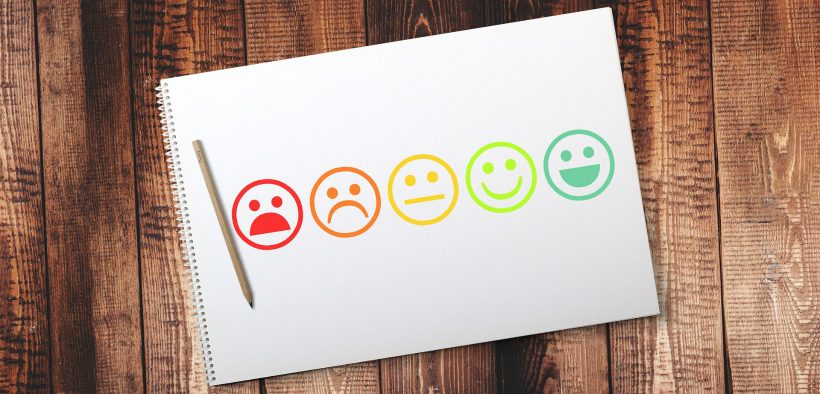Student feedback literacy—Is it meaningless academic jargon or destined to become a trendy handle? Neither is my hope for this moniker. While the term was originally defined as a student’s ability to read, interpret, and use written feedback, Carless and Boud (2018) enhance its definition by adding that it’s “the understandings, capacities and dispositions needed to make sense of information and use it to enhance work or learning strategies” (p. 1316). In this excellent article, they propose four features that provide the framework for student feedback literacy: appreciating feedback, making judgments, managing affect, and taking action.
What Student Feedback Literacy Entails

Related Articles
I have two loves: teaching and learning. Although I love them for different reasons, I’ve been passionate about...
Active learning is a mostly meaningless educational buzzword. It’s a feel-good, intuitively popular term that indicates concern for...
Perhaps the earliest introduction a student has with a course is the syllabus as it’s generally the first...
Generative AI allows instructors to create interactive, self-directed review activities for their courses. The beauty of these activities...
I’ve often felt that a teacher’s life is suspended, Janus-like, between past experiences and future hopes; it’s only...
I teach first-year writing at a small liberal arts college, and on the first day of class, I...
Proponents of rubrics champion them as a means of ensuring consistency in grading, not only between students within...








